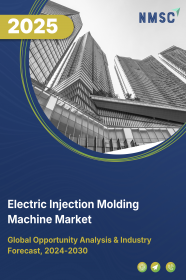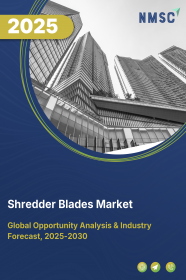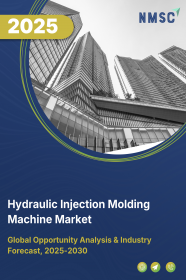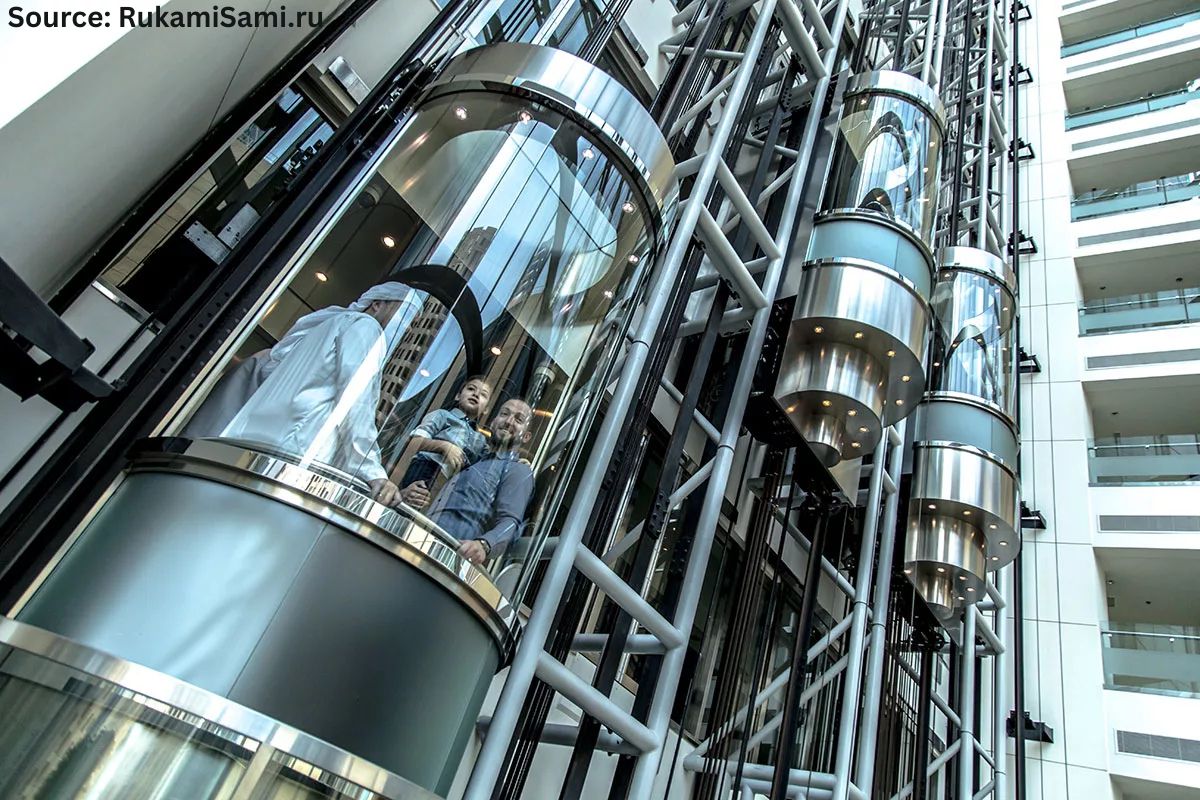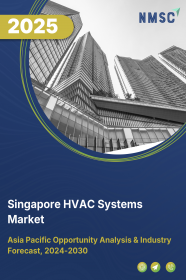
Singapore HVAC Systems Market by Equipment (Cooling Equipment, Heating Equipment, and Ventilation), by Implementation Type (New Construction, and Retrofit), By End User (Residential, Commercial, and Industrial) – Global Opportunity Analysis and Industry Forecast, 2024– 2030
Industry: Construction & Manufacturing | Publish Date: 22-May-2025 | No of Pages: 159 | No. of Tables: 123 | No. of Figures: 68 | Format: PDF | Report Code : CM1993
US Tariff Impact on Singapore HVAC Systems Market
Trump Tariffs Are Reshaping Global Business
Market Definition
The Singapore HVAC System Market size was valued at USD 904.1 million in 2023, and is predicted to reach USD 1620.2 million by 2030, at a CAGR of 8.1% from 2024 to 2030.
HVAC (Heating, Ventilation, and Air Conditioning) refers to the technology and systems used in buildings to regulate indoor environmental conditions such as temperature, humidity, and air quality to ensure comfort and safety for occupants. Heating systems provide warmth during colder months, ventilation systems circulate and replenish indoor air, and air conditioning systems cool and dehumidify indoor air during warmer months.
HVAC systems offer several advantages, including improved occupant comfort and health, increased energy efficiency leading to cost savings, better indoor air quality through filtration and ventilation, precise temperature control for enhanced productivity in commercial settings, and protection of building infrastructure from extreme weather conditions. Additionally, these systems can be designed to meet specific requirements, contributing to sustainability goals by reducing carbon emissions and promoting eco-friendly practices in building operations.
Stringent Building Energy Efficiency Regulations Fuel The Singapore Hvac Systems Market
The Singapore government enforces rigorous energy efficiency regulations through initiatives such as the Green Mark Scheme by the Building and Construction Authority (BCA), which promotes energy-efficient building systems, including HVAC. These regulatory frameworks push property developers and building owners to adopt high-efficiency HVAC solutions to comply with energy codes and achieve Green Mark certification.
In turn, this drives HVAC manufacturers to innovate and supply energy-efficient systems tailored to tropical climates, reinforcing the demand for low-energy cooling solutions and variable refrigerant flow (VRF) systems optimized for Singapore’s urban infrastructure.
Rising Health Awareness And Urban Pollution Concerns Drive Demand For Clean-air Hvac Solutions In Singapore
In densely populated urban areas like Singapore, rising awareness of airborne pollutants, haze events, and viral transmission risks—especially post-COVID-19—has led to growing emphasis on indoor air quality (IAQ). Residential, commercial, and public buildings are increasingly installing HVAC systems with HEPA filtration, activated carbon filters, and UV-C sterilization capabilities. Governmental campaigns promoting healthier indoor environments, coupled with consumer preferences for clean air in high-density settings, are accelerating demand for advanced HVAC solutions that improve both IAQ and occupant wellbeing.
High Cost Of Regulatory Compliance Poses Challenges For Smaller Hvac Players In Singapore
While Singapore’s regulatory environment for HVAC systems—such as energy efficiency standards under the Green Mark Scheme and refrigerant management guidelines—is instrumental in promoting sustainable development, it also presents challenges, particularly for smaller market participants.
Achieving compliance often requires significant investment in energy-efficient technologies, low-GWP refrigerants, and smart control systems, which can strain the financial and operational capacities of small-to-medium enterprises (SMEs). The need to meet evolving regulatory requirements may divert resources from innovation or expansion, especially for companies with limited R&D capabilities.
Thus, while regulations drive long-term market transformation and sustainability, the short-term compliance burden—especially in terms of cost and technical complexity—can act as a moderate restraint, particularly for new entrants or smaller firms seeking to scale in Singapore’s highly regulated HVAC landscape.
Smart Building Initiatives And Iot Integration Unlock Growth Opportunities For Singapore’s Hvac Market
Singapore’s push toward becoming a Smart Nation is accelerating the adoption of IoT-enabled HVAC systems, particularly in commercial, institutional, and high-end residential buildings. Integration of smart sensors, connected thermostats, and AI-driven HVAC controls allows for real-time monitoring, predictive maintenance, and automated energy optimization, aligning with the country's Green Mark certification standards and energy efficiency goals.
IoT integration enhances user comfort, reduces operational costs, and extends equipment lifespan—benefits especially valuable in Singapore’s dense urban environment with high year-round cooling needs. The government’s emphasis on smart, sustainable buildings and retrofitting older infrastructure further fuels demand for intelligent HVAC systems, creating ample market opportunities for both local and global players.
Competitive Landscape
The market players operating in the Singapore HVAC System market include Charles Taylor & Co., Aon Plc, Rightpath Claims, Sedgwick Claims Management Services Inc., Arthur J. Gallagher & Co., Crawford & Co., Healix Group, Coplus, Davies Group, Van Ameyde, GHG Solutions Limited, Pequod Associates Ltd., The Connexus Group, McLarens, Sutherland and others.
Singapore HVAC System Market Key Segments
By Equipment
-
Cooling Equipment
-
Unitary Air Conditioners
-
Variable Refrigerant Flow Systems (VRF)
-
Chillers
-
Room Air Conditioners
-
Coolers
-
Cooling Towers
-
-
Heating Equipment
-
Heat Pumps
-
Furnaces
-
Unitary Heaters
-
Boilers
-
-
Ventilation
-
Air-handling Units (AHUs)
-
Air Filtration Systems
-
Ventilation Fans
-
HRVs & ERVs
-
Air Purification Systems
-
Others
-
By Implementation Type
-
New Construction
-
Retrofit
By End User
-
Residential
-
Commercial
-
Industrial
Key Players
-
Midea Group Co Ltd.
-
Honeywell International Inc.
-
Gree Electric Appliances Inc.
-
Johnson Controls International Plc.
-
Panasonic Holdings Corporation
-
Daikin Industries Ltd.
-
Carrier Singapore Corporation
-
LG Electronics Inc
-
Trane Technologies Plc.
-
Samsung Electronics Co., Ltd.
-
Watts
-
Mitsubishi Electric Corporation
-
Toshiba Corporation
-
Airedale International Air Conditioning Ltd.
-
Electrolux
REPORT SCOPE AND SEGMENTATION:
|
Parameters |
Details |
|
Market Size in 2023 |
USD 904.1 Million |
|
Revenue Forecast in 2030 |
USD 1620.2 Million |
|
Growth Rate |
CAGR of 8.1% from 2024 to 2030 |
|
Analysis Period |
2023–2030 |
|
Base Year Considered |
2023 |
|
Forecast Period |
2024–2030 |
|
Market Size Estimation |
Million (USD) |
|
Growth Factors |
|
|
Companies Profiled |
15 |
|
Market Share |
Available for 20 companies |
|
Customization Scope |
Free customization (equivalent up to 80 working hours of analysts) after purchase. Addition or alteration to country, regional, and segment scope. |
|
Pricing and Purchase Options |
Avail customized purchase options to meet your exact research needs. |

















 Speak to Our Analyst
Speak to Our Analyst



